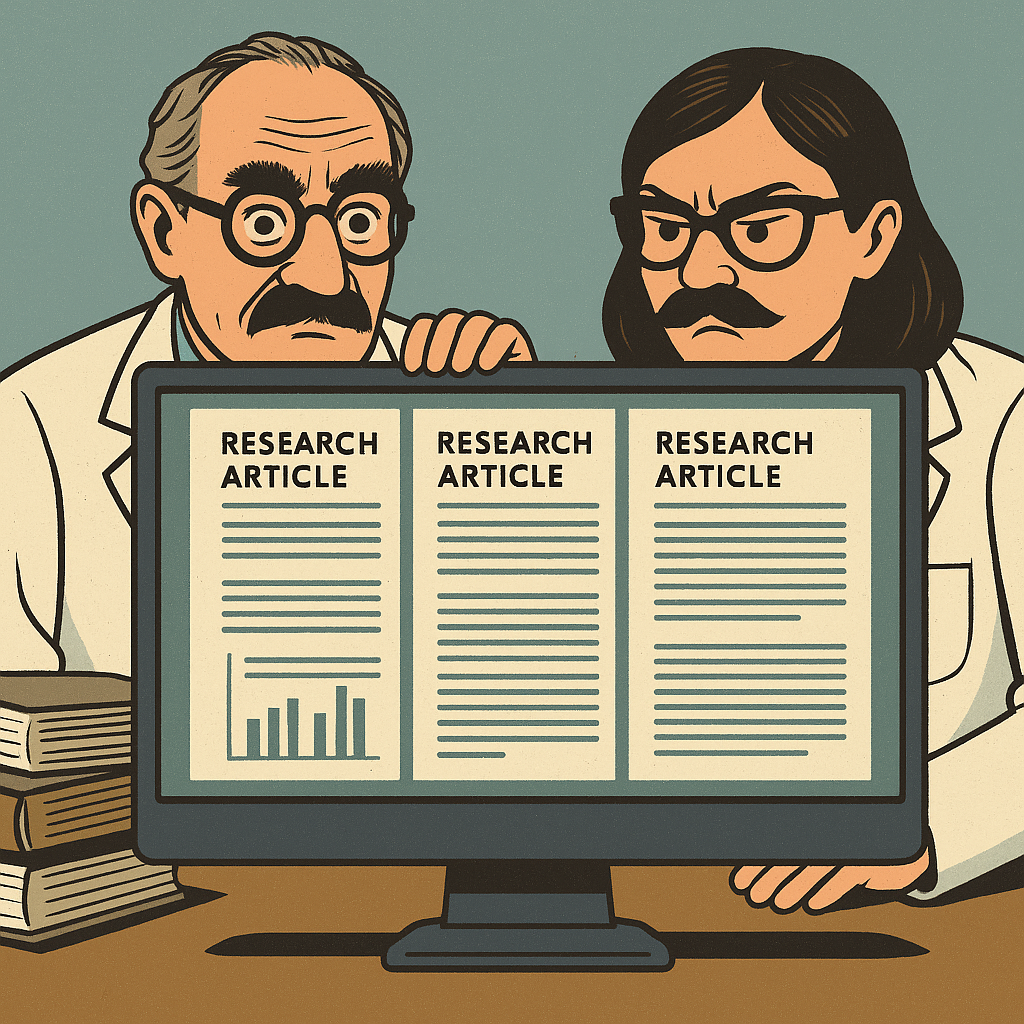
Fake Scientists in Academia, Spotting & Stopping Bogus Research
Fake scientists and paper mills have infiltrated peer-review and journal publication, undermining trust in academic research. When publishers uncover fake authors or fabricated reviewers, they expose the damage done to science and to genuine scholarship. For instance, one major publisher found dozens of fictitious researchers linked to dozens of published articles.
Why paper mills thrive in academic publishing
Paper mills exploit the pressure to publish. They manufacture manuscripts, assign fake authors, and manipulate peer review to get work published.Weak identity verification and overloaded editorial workflows make it possible for these fraudulent operations to succeed.
Red flags of fake scientists and false reviews
Some common warning signs include authors with no traceable history, reviewers suggested by authors, institutional email addresses that don’t match claimed affiliations, and reviewers acting as authors in earlier papers.
Detecting these patterns early helps cut down on the number of bogus publications reaching print.
What journals and institutions can do to stop them
Publishers now ask authors for ORCID identifiers, check institutional emails, and verify that contributors genuinely participated. But no single tool solves the problem: it demands layered identity checks combined with training for editors and reviewers.
Institutions must also re-examine reward systems that entice researchers to shortcut integrity for quantity.
Balance and caution
Stricter checks can unintentionally disadvantage early-career or under-resourced researchers who lack institutional emails or affiliations. The community must build equitable screening processes that protect integrity without shutting out legitimate contributors.
Conclusion: The menace of fake scientists and paper mills is real. To preserve the value of scholarship, all actors—authors, editors, institutions, and publishers, must stay alert, build robust checks, and shift incentives toward quality over quantity.
Also read: How AI is Transforming Universities: The Future of Learning and Research.






